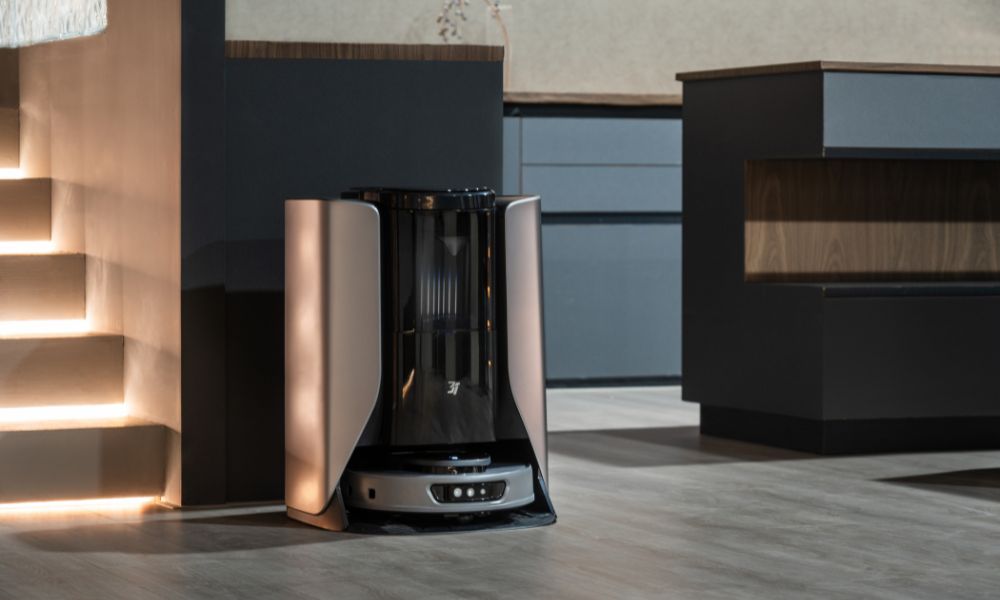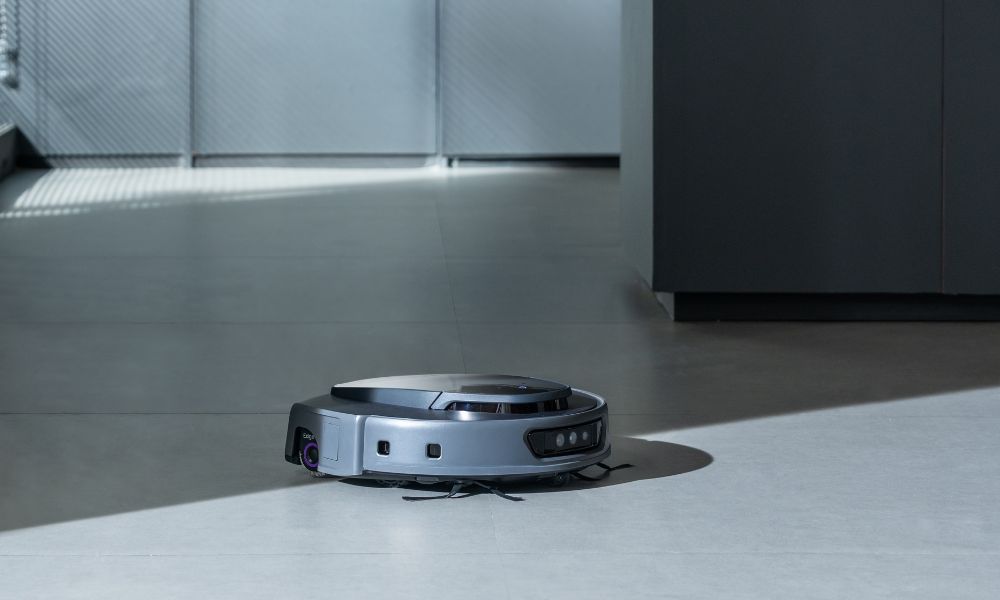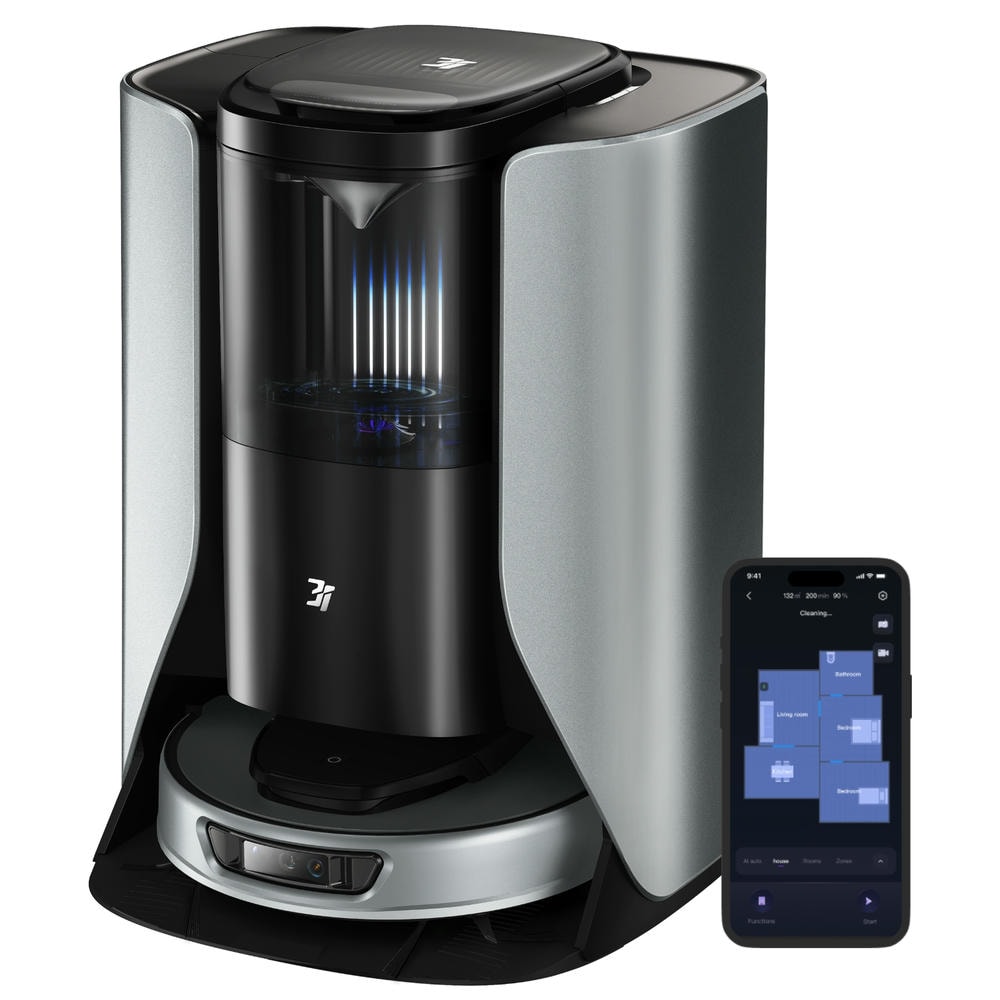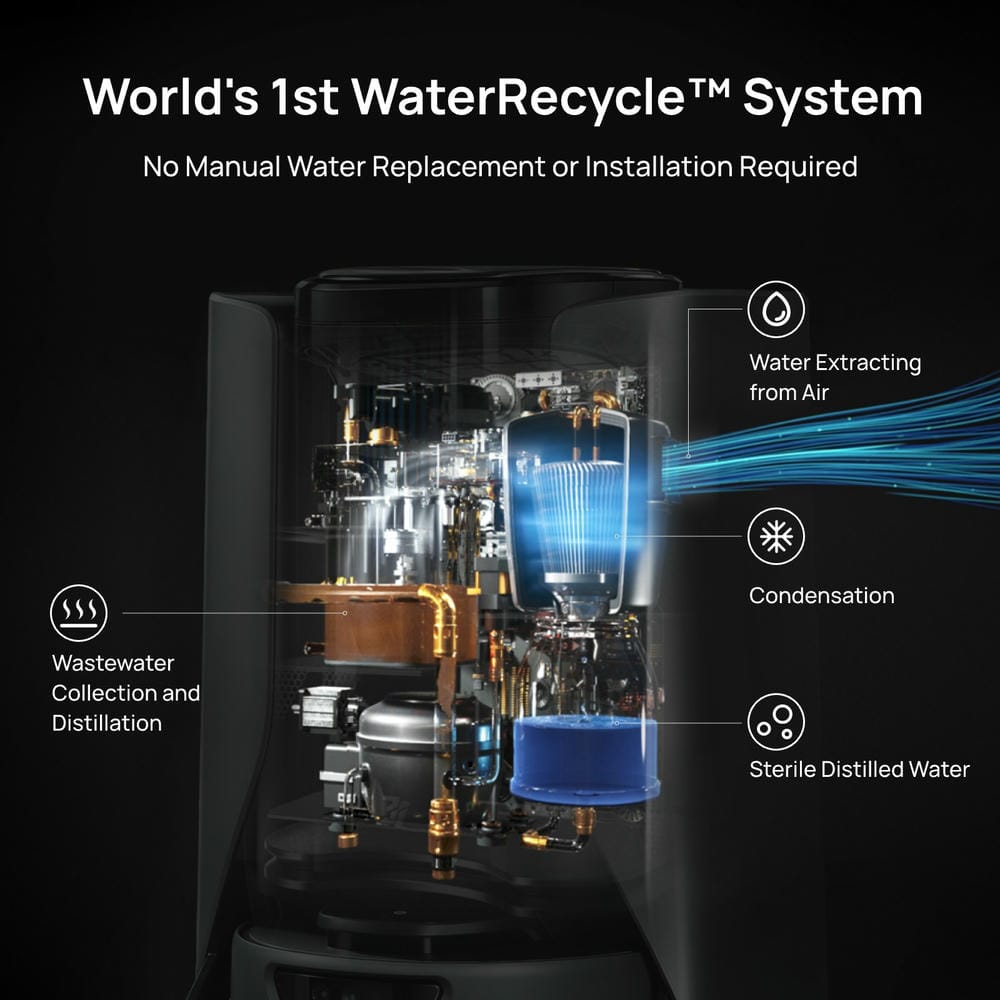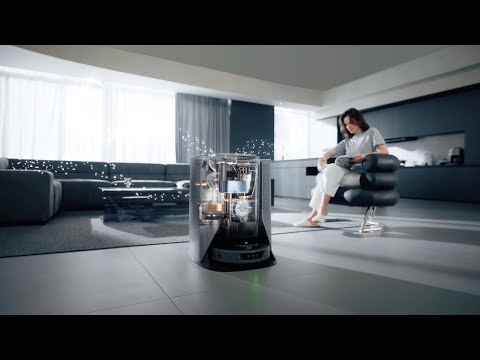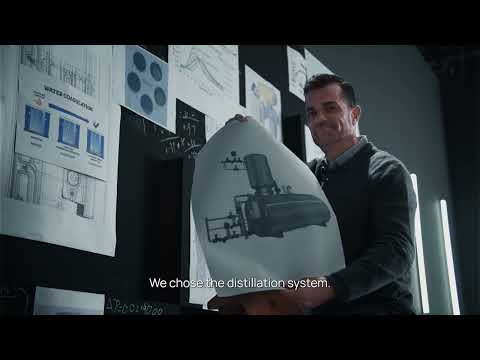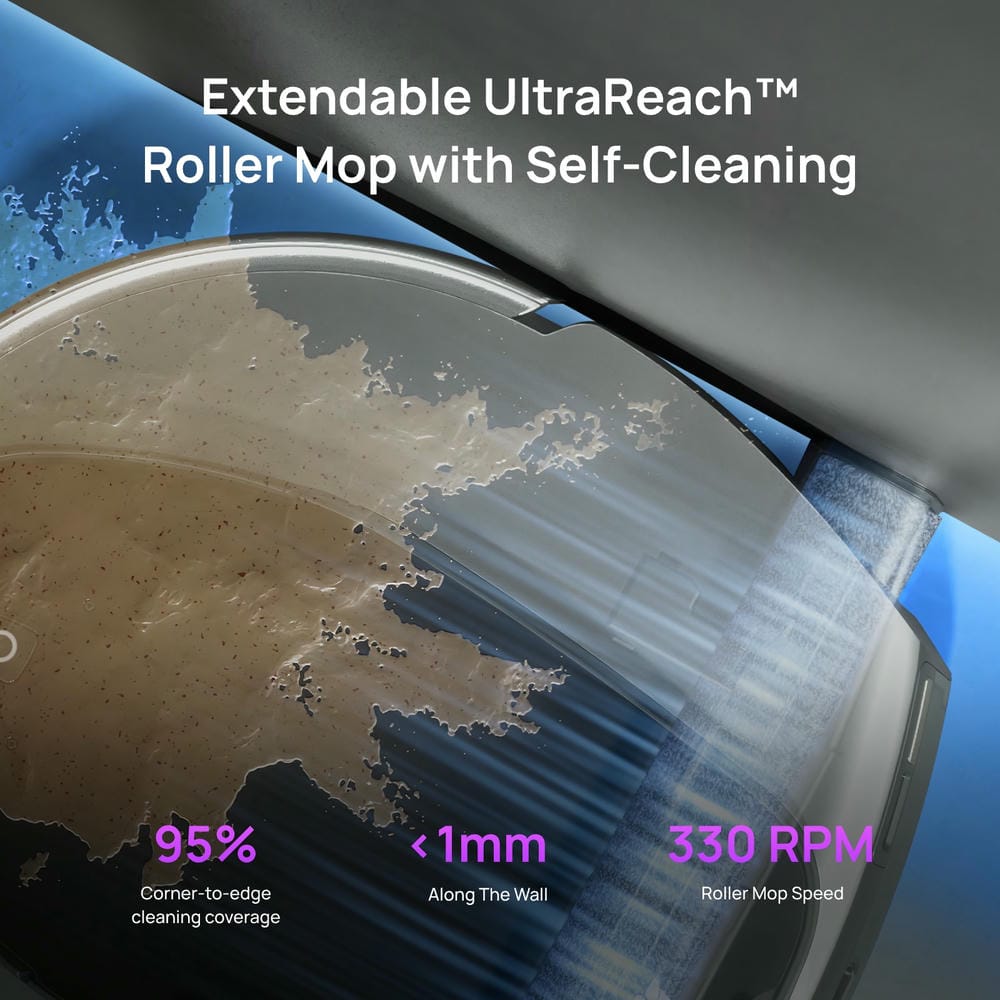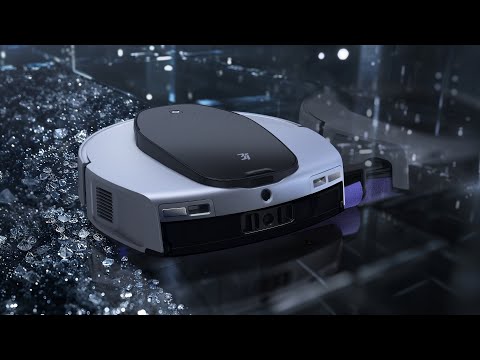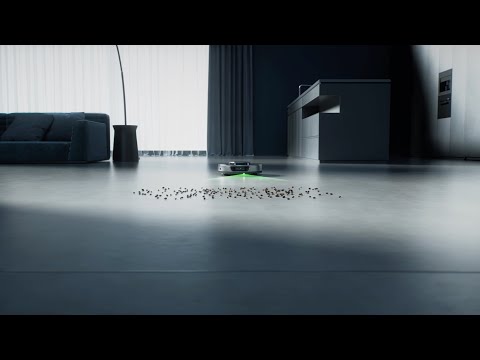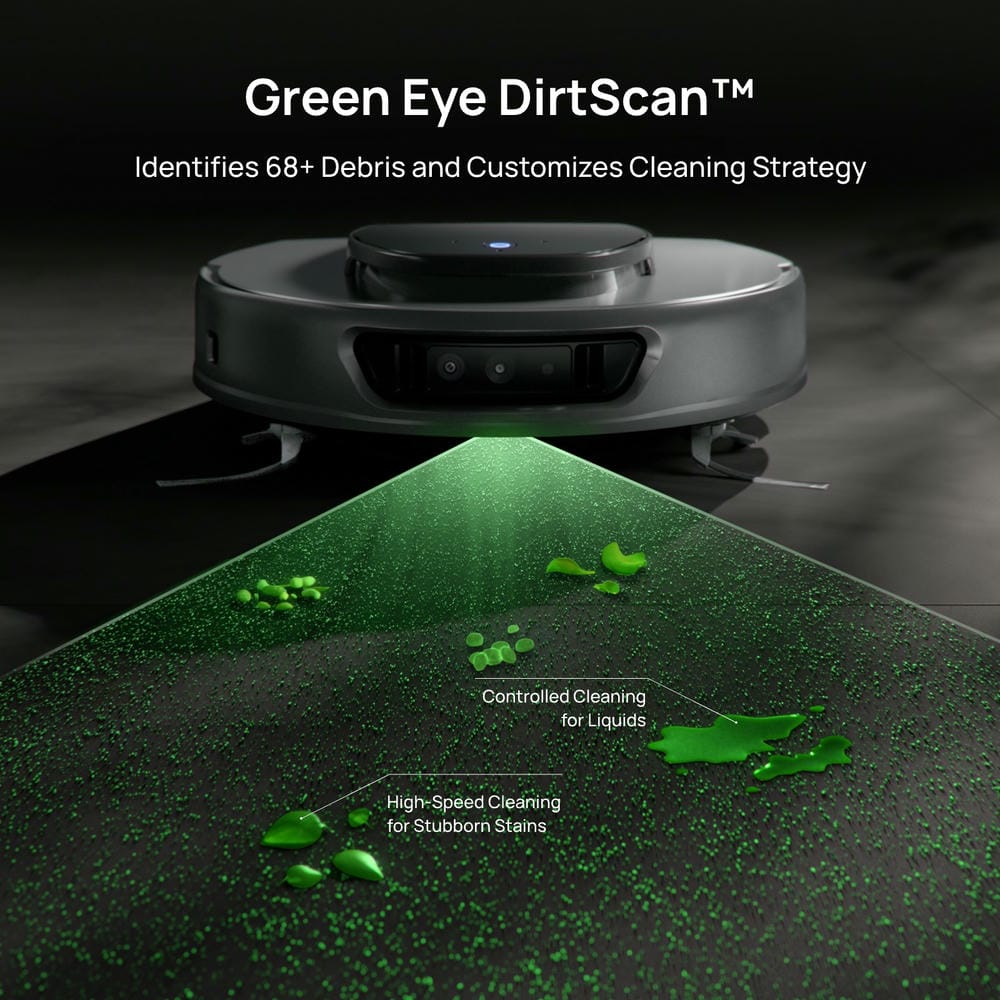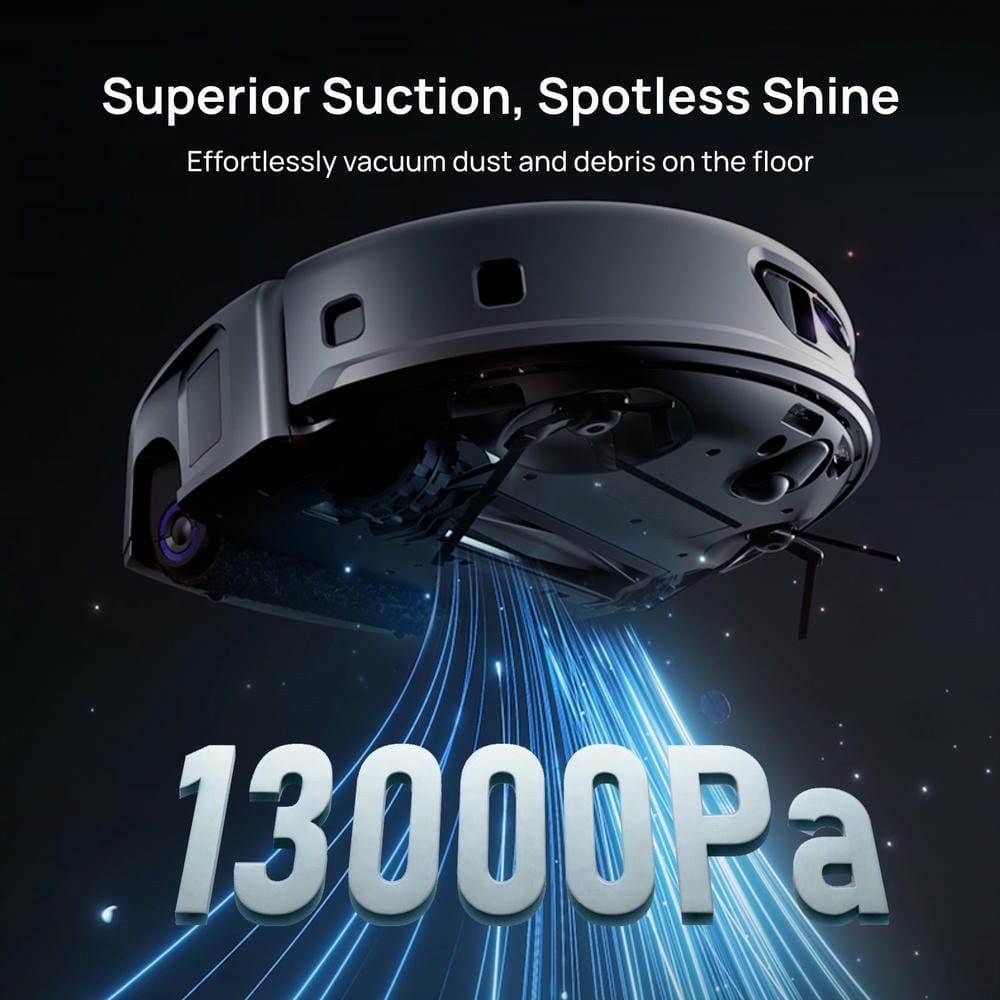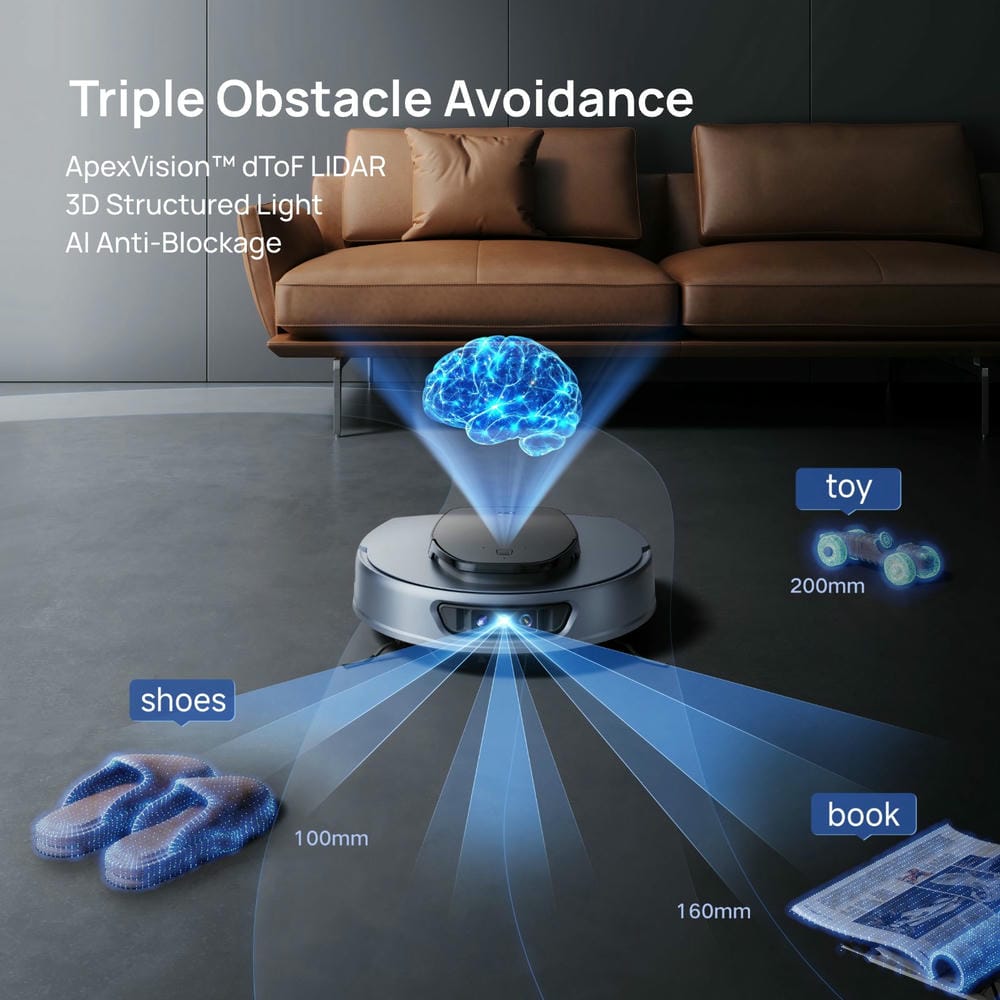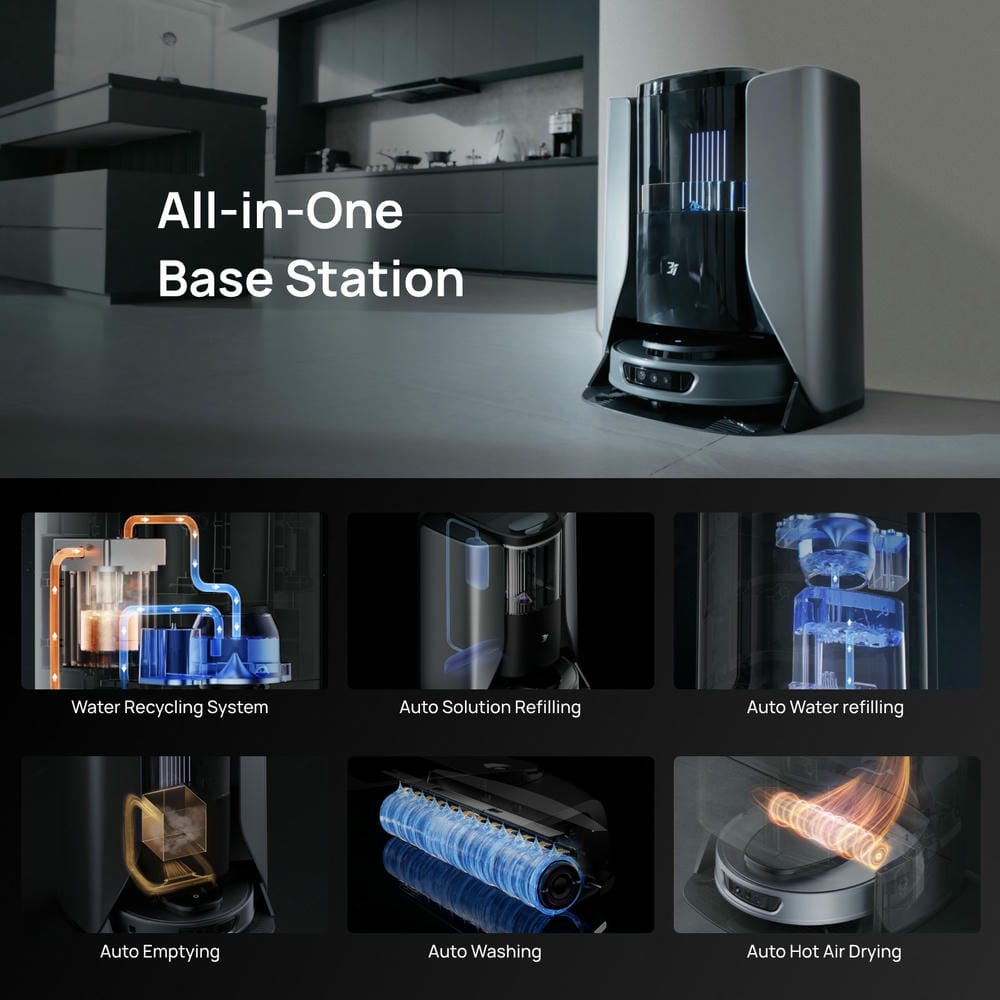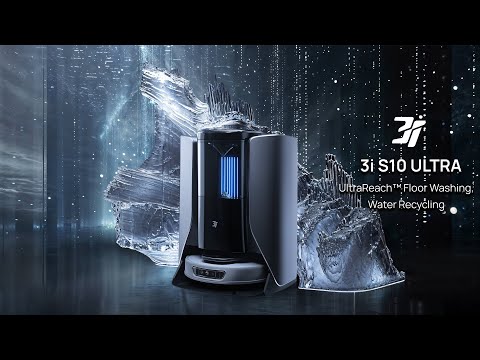Robot vacuums have become a popular choice for home cleaning due to their convenience and efficiency. Compared to traditional upright vacuums, robot vacuums use much less power, between 30 and 100 watts, compared to 600 to 1,500 watts for traditional vacuums. This makes robot vacuums a more energy-efficient choice for everyday cleaning tasks.
In this article, we’ll explore the power consumption of robot vacuums and examine the key factors that influence energy use. We’ll also discuss ways to extend battery life and reduce energy consumption, helping you get the most out of your robot vacuum while keeping your electricity bills low.
What Factors Influence the Power Consumption of a Robot Vacuum?
The amount of power a robot vacuum consumes depends on several factors, each contributing to how efficiently the vacuum uses energy. Understanding these factors can help you choose a model that's both effective and energy-efficient.
1. Motor Power and Suction Capability
A robot vacuum’s motor is responsible for its suction power. More powerful motors tend to consume more energy. For example, models that offer high suction power for deep cleaning or those with specialized modes like “max suction” tend to draw more power. On the other hand, vacuums with adjustable suction settings, where you can choose the cleaning power, give you the option to lower power consumption on light cleaning tasks. If you're looking for a sweeping robot that’s powerful yet energy-efficient, adjustable suction models are a great option.
2. Battery Type and Capacity
Most robot vacuums are powered by lithium-ion batteries. The battery capacity directly affects how long the vacuum can run and how much energy it consumes per charge. A larger battery will allow it to clean longer, but it will also require more power. Typical vacuum cleaner accessories may include spare batteries or charging stations to ensure longer operation time.
3. Cleaning Modes
Many robot vacuums come with different cleaning modes like Eco mode, Standard mode, or Max mode. Eco mode is designed for energy savings, reducing the power the vacuum uses by lowering suction levels and running at a slower pace. On the other hand, high-power modes such as Max mode are useful for cleaning deep carpets, but they also consume more energy to increase suction force.
4. Sensor and Mapping Technology
The more advanced the sensors and mapping technology in a robot vacuum, the more power it may consume. High-end models feature sensors that allow the vacuum to map the layout of your home, plan efficient cleaning paths, and avoid obstacles. These sophisticated features require power to operate, which can add to overall energy consumption. If you're interested in cutting-edge technology, check for self-empty robot vacuum options that automatically dispose of debris.
5. Run Time and Charging Cycle
6. Floor Type
The type of floor your robot vacuum cleans can influence its power usage. Carpeted floors, especially plush or shag carpeting, require more suction and power to clean effectively. Hard floors like tile or hardwood are generally easier to clean, which may reduce power consumption. When using a sweeping robot, check if the model is optimized for hard floors and carpets to save energy.

How Long Do Robot Vacuum Batteries Last?
Under normal use, a robot vacuum cleaner battery should last about 2 to 3 years. However, this can vary depending on a number of factors, including the model of the vacuum cleaner, the quality of the battery, and how often it is used.
On average, a robot vacuum cleaner battery will last for about 300 to 500 charging cycles, which equates to about 1 to 1.5 years of regular cleaning time. After this, the battery capacity will gradually decrease, resulting in a shorter cleaning time.
In addition, the way the vacuum cleaner is charged can also affect its battery life, and frequently overcharging or letting the battery completely drain will shorten its overall life. To extend the battery life, it is recommended to place the vacuum cleaner on the charging dock when not in use to avoid long periods of time without charging.
How to Minimize Power Consumption in Robot Vacuum Cleaners?
While robot vacuums are already relatively energy-efficient compared to traditional vacuum cleaners, there are several ways to further minimize their power consumption without sacrificing cleaning performance. Here are some tips to help you get the most out of your robot vacuum while saving on electricity:
1. Use Eco or Energy-Saving Mode
Most robot vacuums come equipped with an Eco mode, which reduces suction power and slows down the cleaning cycle, thereby reducing power consumption. If your robot vacuum offers this feature, use it for regular cleaning tasks, especially when dealing with less-soiled surfaces. This mode is ideal for hard floors or low-pile carpets.
2. Set Up Scheduled Cleaning
Scheduling your robot vacuum to clean at certain times can help optimize its energy use. For instance, running the vacuum during off-peak hours or at times when you are not using other high-energy appliances may help reduce your overall electricity consumption. Additionally, scheduling the vacuum to clean only the necessary areas can prevent unnecessary use of power.
3. Maintain the Vacuum
A well-maintained robot vacuum is more efficient. Regularly clean the filters, brushes, and sensors to ensure optimal suction power and reduce the strain on the motor. This can help the vacuum operate more efficiently and use less energy. Be sure to clear out any debris or hair from the rollers, as these can slow the vacuum down and force it to draw more power. Check your vacuum cleaner parts for wear and replace them when necessary.
4. Clean Regularly to Prevent Build-Up
A robot vacuum uses more power when it has to work harder to clean due to accumulated dirt, hair, and dust. Keeping your floors consistently clean helps reduce the vacuum's workload, leading to lower power consumption. Regularly clearing out any accumulated debris will also extend the life of your vacuum cleaner accessories.
5. Optimize Charging Habits
Avoid overcharging the battery. Once the vacuum is fully charged, unplugging it from the dock can prevent unnecessary power consumption. Some modern models automatically stop charging once the battery reaches full capacity, but it’s still a good practice to unplug them when possible.
6. Choose a Vacuum with Adjustable Suction Power
Opt for models that allow you to adjust the suction power. By using lower suction power for light cleaning sessions and saving higher power for deep cleaning, you can conserve energy when the full suction capability isn't needed. If you're using a sweeping robot, this can help preserve energy without sacrificing cleanliness.

Conclusion
From the above, we know that robot vacuum cleaners generally consume 30 to 100 watts of power, but this varies depending on factors such as the model, cleaning mode, and surface type. They consume about 40-50 watts of power during regular cleaning. High-power modes (such as those used for deep cleaning carpets) may increase energy consumption. Battery life (usually 1 to 2 hours per charge) also affects total energy consumption. To minimize power consumption, it is recommended to choose a model with energy-saving features, use lower suction modes, and schedule cleaning according to household needs.
Related Reading: Can you use robot vacuum in the bathroom?



